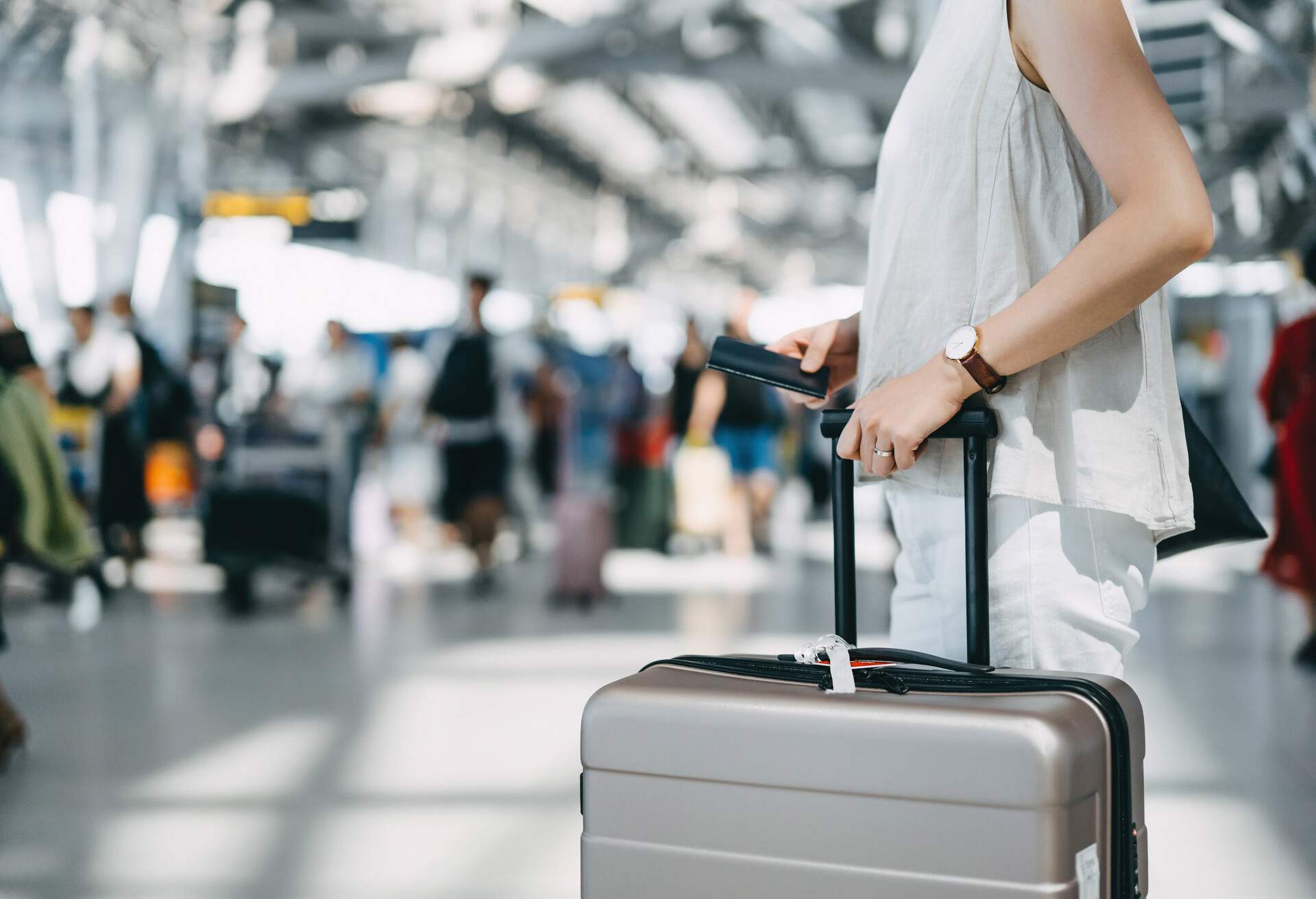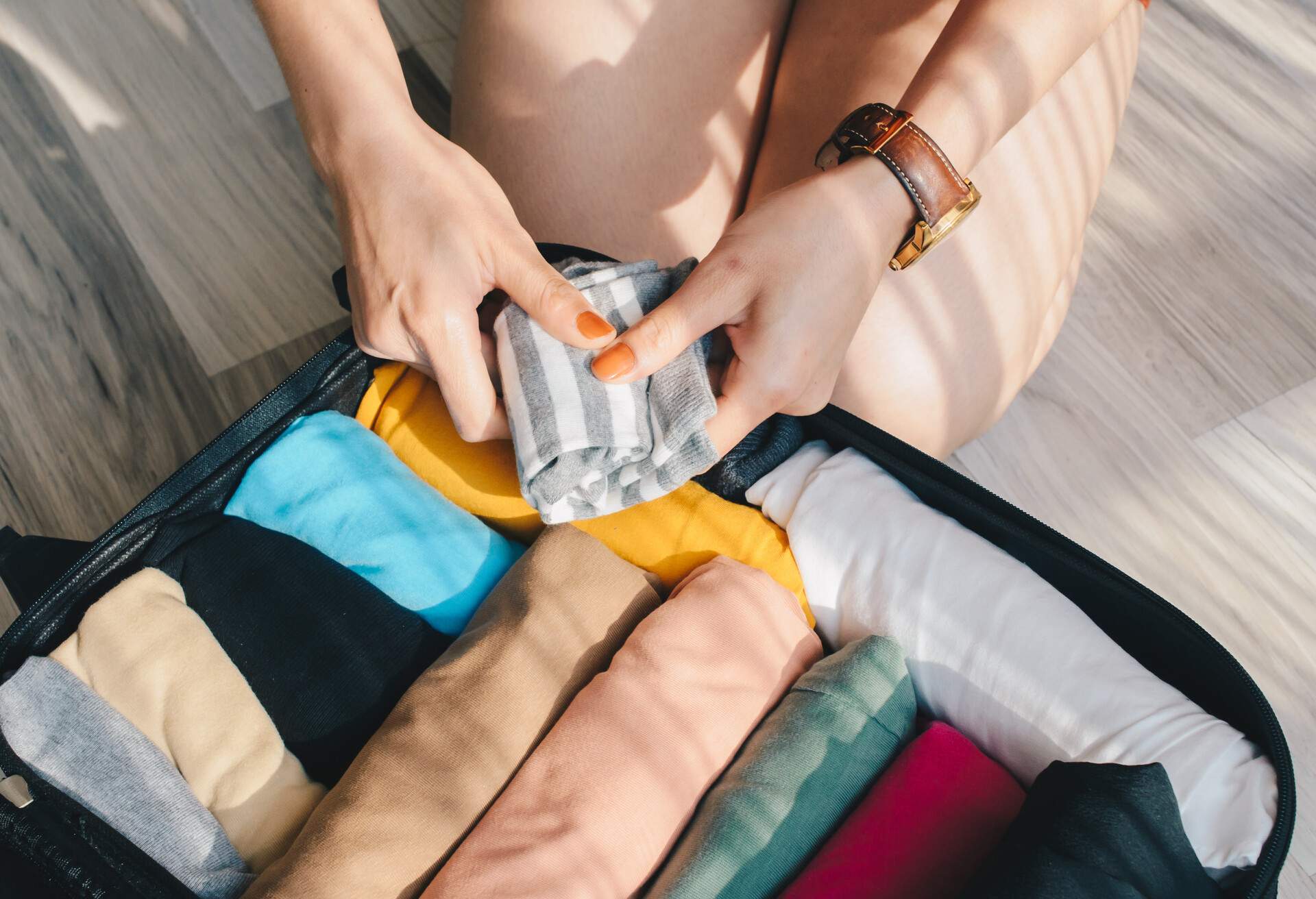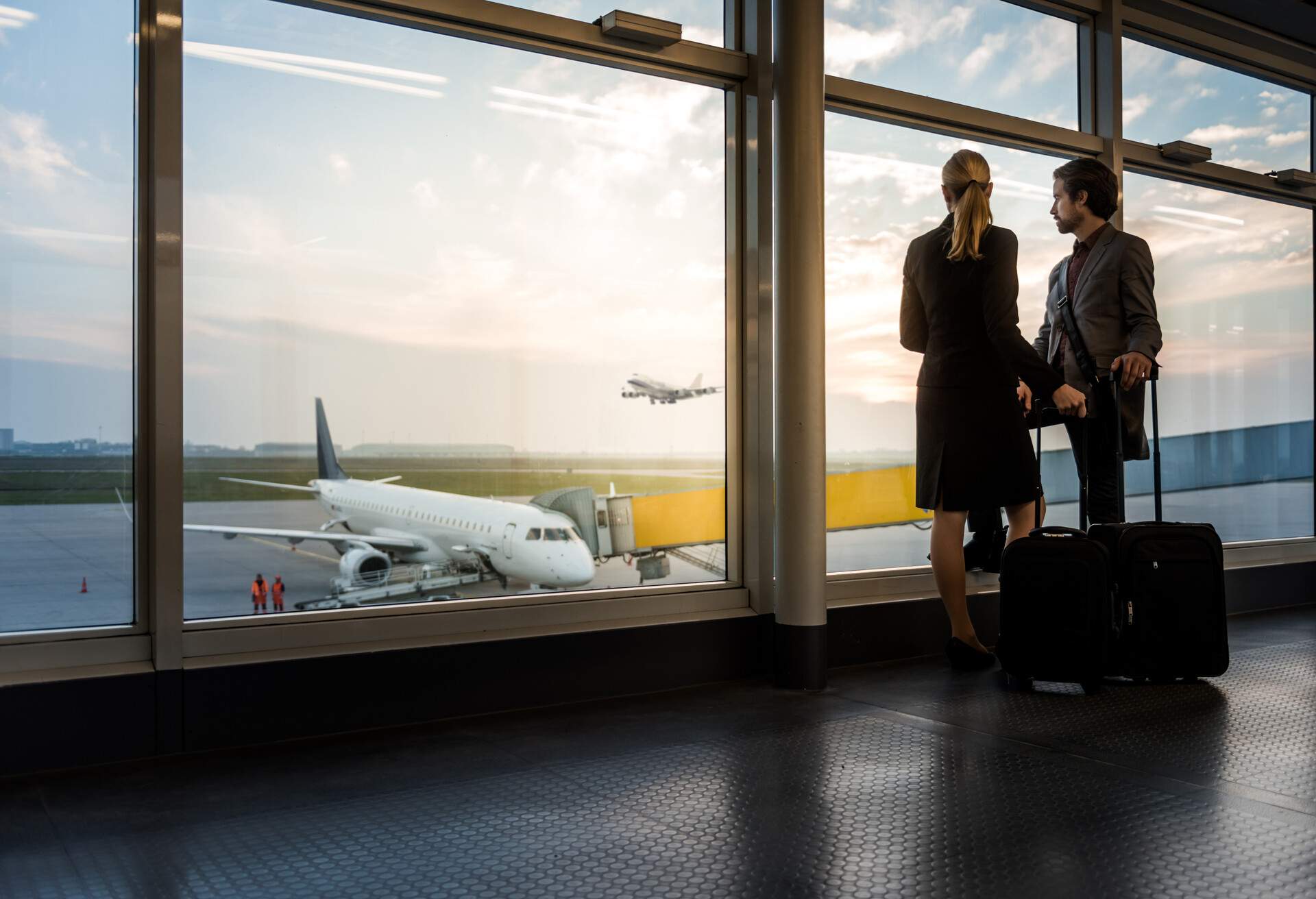The UK's flagship carrier has always prided itself on making travel smooth and easy for its customers. Like all modern airlines though, it has had to adapt its rules to cater to the cabin bag revolution. Here's the latest on British Airways' cabin bag size regulations.
British Airways hand luggage: bag sizes, weights and allowances
The good news here is that British Airways (BA) has one of the most generous carry-on size and weight policies of any airline, anywhere. Below you'll see an illustration outlining the exact bag dimensions and weights for British Airways flights. Here you'll see British Airways carry-on sizes and weights in inches and pounds, as well as centimetres and kilograms.
Even with its cheapest Economy Basic fare, British Airways allows passengers to bring one small bag and one cabin bag at no extra cost. This is true across all its fleet, including its BA Cityflyer and BA Euroflyer baggage allowances.
Cabin bags must be placed in the overhead bins while personal items should be stored under the seat in front of you.
Tips and tricks to remember with British Airways carry-on sizes
- While British Airways guarantees your small bag will be able to stay in the cabin, it includes a caveat that your cabin bag may have to go in the hold if overhead bins are full.
- It advises you to carry all essentials like medication, mobile phones, other electronic devices and passports in your small bag, so you have them with you should your cabin bag end up in the hold.
- The stated dimensions for the cabin bag include wheels and handles. If your cabin bag is too big, it will have to go in the hold as checked baggage. Rather excellently, BA will only charge you if this takes you over your allowed checked baggage allowance – unlike many low-cost carriers.
British Airways has a very handy baggage calculator that shows your baggage allowance for any given route, fare and date. It's a great way to quickly check what size carry-on bags you can take.
Duncan Madden, travel expert
Hand luggage rules for travelling with kids
What else can you bring on board as hand luggage?
Not all rules are set in stone. British Airways does offer some flexibility around what else you can bring on board as carry-on baggage. This includes:
Musical instruments
You can carry small musical instruments in their case as hand baggage, including violins, violas and small wind instruments. These are considered part of your free hand luggage allowance, not an addition to it. The instrument in its case must not exceed 80 x 45 x 25 cm [31 x 18 x 10 in].
British Airways states it will make every effort to find space in the cabin for musical instruments within these dimensions, as they acknowledge the extreme temperatures and extra handling that comes with checked luggage may cause damage in the hold.
Sports equipment
You can take certain specified sports equipment into the cabin as part of your hand luggage allowance, but rules are quite specific so make sure to double check before you travel.
Up to two tennis, squash and badminton rackets carried in a "slim protective case" can be carried as long as the case doesn't exceed 80 x 45 x 10 cm (31 x 18 x 4 inches) Very specifically, the case cannot include other items like balls, shuttlecocks or clothing. BA also notes that such items must be stored on top of other baggage in the overhead bins to minimise the chance of damage.
Medical devices
There's no limit to the number and weight of medical equipment you can bring on board, although you may need permission beforehand. This includes things like a CPAP machine, nebuliser, insulin pump or a portable oxygen concentrator (POC).
Common questions for British Airways hand luggage, answered
Here are the answers to the questions British Airways passengers are asking most.
Top three hand luggage tips for British Airways
from travel expert Duncan Madden
Tip #1: Pack smart
You're allowed two carry-on bags on every British Airways flight – your small bag and your larger cabin bag. Yet if space is limited, only your small bag is guaranteed to remain in the cabin. That means you should always pack your absolute cannot-do-without essentials in your small bag. Think passport, travel documents, wallet or purse, essential medical supplies and tech like your mobile phone. Nothing with a lithium battery can go in the hold.
Tip #2: Carry a spare set of clothes
It's the worst way to start any trip, but lost checked luggage is a reality most regular fliers will have to face at some point or another. I know I have more than once. It's great practice to travel with a spare set of clothes in your carry-on, should the worst happen. This is particularly true if you're travelling to an occasion where specific clothing is a must, like a business meeting or a special event. Check these top tips on how to pack a carry-on.
Tip #3: Board with your group number
Your boarding pass will feature a group number, designed to speed up the boarding process. Board only when your number is called or you may incur the wrath of ground staff. Board late and you may find the overhead bin space is taken above your seat. This could mean your hand luggage is moved to the hold as checked luggage, or you have to stow it far away from where you're sitting.
Still not sure what to pack in your carry-on?
No two luggage policies are the same, and rules are always changing between airlines and destinations. The KAYAK hand luggage guide is a great place to get smart answers to common questions. It may also help you decide whether a cabin or checked bag is best for your trip. If you do opt for cabin bags over checked (and I strongly believe it's the best option in most cases), make sure you know what’s allowed in a carry-on before you travel.
⏰ Last update: 25 March 2025 – because staying informed makes travel smoother.











